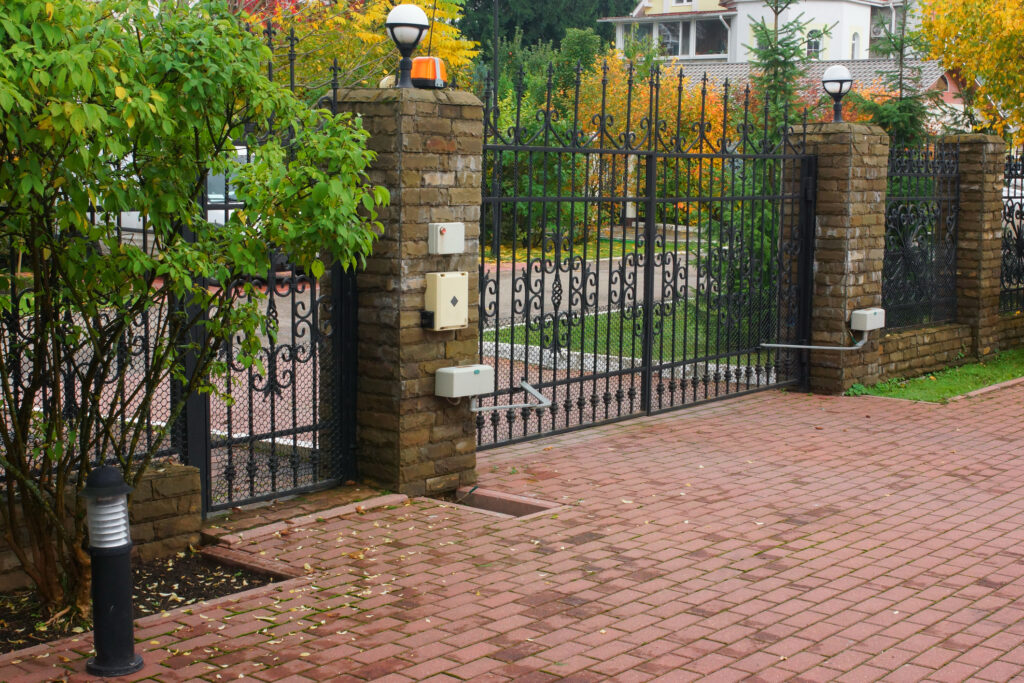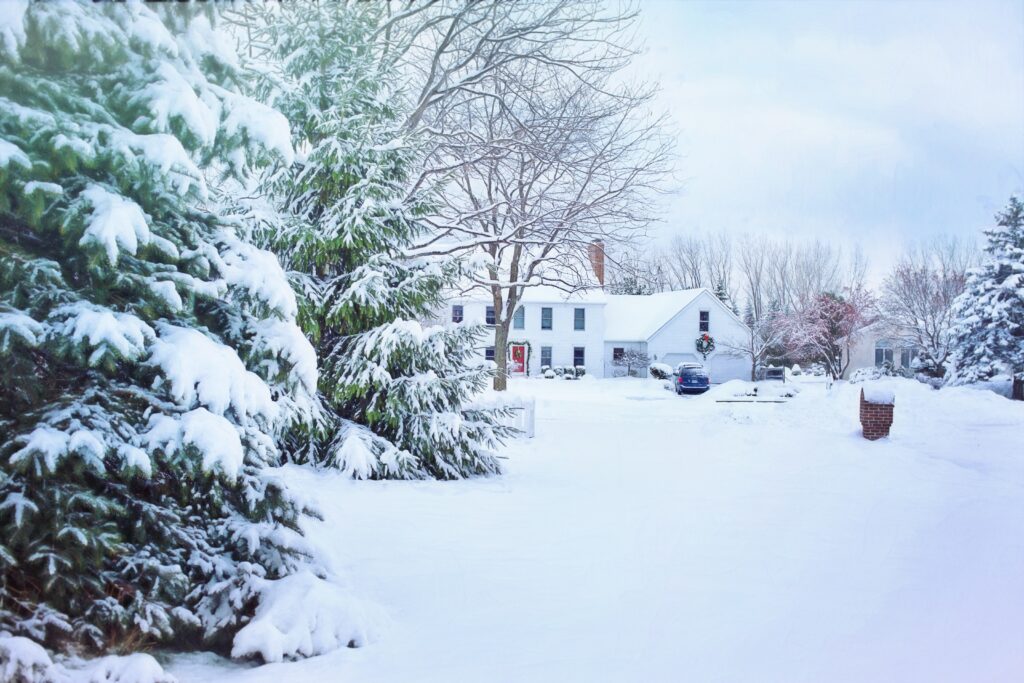Montgomery County Radon Testing Requirement: Impact to Home Sales
Effective October 1, 2016, a Montgomery County law goes into effect requiring radon test screenings for all single family homes and townhouses (not part of a condo association or cooperative) within the county prior to sales closing. Radon is an invisible and undetectable gas, which is the byproduct of uranium in the soil going through the process of radioactive decay. According to the Environmental Protection Agency (EPA), after cigarette smoking, radon inhalation is the second leading lung cancer-causing carcinogen in the country.
All rocks contain uranium and therefore emit radon, but some have higher levels than others. The EPA has found many of those uranium-rich rocks are prolific in Montgomery County, such as granite, and rocks with high levels of quartz. The EPA recommends homeowners take corrective measures to reduce radon gas exposure when the indoor screening level reaches 4 picocuries per liter (pCi/L) or above, but no exposure to radon is considered safe.
National radon screening levels are organized into three category zones. All of Montgomery County currently tests in the red zone, or Zone 3, which means the average indoor radon screening level is greater than 4 pCi/L. To give you some reference, the average national outdoor radon level is ten times lower than Zone 3, at 0.4 pCi/L. The average national indoor home radon level is 1.3 pCi/L. Montgomery County is what is known as a ‘radon hotspot’, meaning that radon levels on average for the entire area meet or exceed the standards set by the EPA for suggested mitigation installation.
When we breathe in radon gas, the toxic particles actually stick to our lungs and have the ability to alter our cells. The EPA’s acceptable level of radon gas is hundreds of times higher than the acceptable levels of carcinogens in our food and beverages. The new law does not require mitigation be completed for homes with unsafe levels, but only that the home be tested before a sale. Here’s a thought: consider how much time your family spends in the basement and lower levels of the house where radon exposure is highest. Do you or your loved ones sleep on a lower level of the house in a radon hotspot? Are you a smoker? The only person who can decide what a safe amount of radon exposure is for yourself and your family is you.
However, many factors contribute to how quickly the gas escapes soil and enters structures, such as the amount of water in the soil, the differences between indoor and outdoor air pressure, energy efficiency, and seasonal weather. In order to know for sure if your home has toxic levels of gas, you must perform a radon test.
Although there are several different methods to reduce radon gas in a home, the most effective and common method is active soil depressurization (ASD). With this passive process, professional radon mitigation contractors use PVC pipes to move the gas from the soil under the foundation of your home through pipes into the attic space where the gas is ventilated outside.
Other solutions include placing a layer of gravel or plastic between the soil and the foundation. Sealing holes and cracks in the foundation without other added radon-reducing measures is proven ineffective.
The new law requires both testing and disclosure to prospective buyers of the radon screening results within one year of the settlement date before the contract is signed for all single family homes sold after October 1, 2016 in Montgomery County. Although not confirmed, it is highly likely that all contracts under negotiation before October 1, 2016 still must be tested for radon if the contract is closed after the law goes into effect. Contracts that have not settled prior to October 1, 2016 are required to have a radon test done prior to settlement.
There are several exemptions. Radon screening is not required for the settlement of a home if:
- The home is exempt from the transfer tax;
- The home was acquired by a foreclosure;
- The home is a sheriff’s sale, tax sale, or sale by partition or court appointed trustee;
- The home was acquired in a trust;
- The home is set to be converted to non-residential, or demolished;
- The property is in the Town of Kensington;
- The property is in the Town of Poolesville;
- The property is in the Town of Barnesville; or
- The property is in the City of Rockville
Mitigating for a radon problem is relatively straightforward and inexpensive, with prices ranging from $800 to $1,500. Often times, the process is simple enough that homeowners can perform mitigations for radon in their homes themselves.
Of course the cost and process of your radon mitigation system will vary according to the home’s design, size, age, foundation, construction materials, and our local climate. If you are thinking of selling your home, you can begin your radon testing process by purchasing an inexpensive radon test kit from an NRSB OR NRPP approved provider, or the tests are stored at your local home improvement store, such as Home Depot or Lowes.



